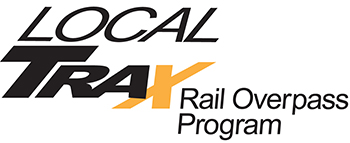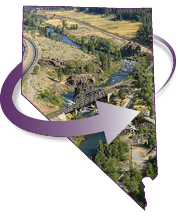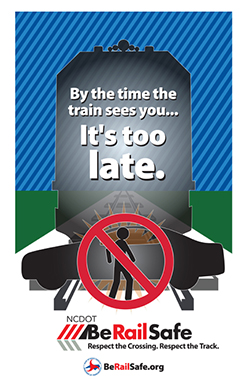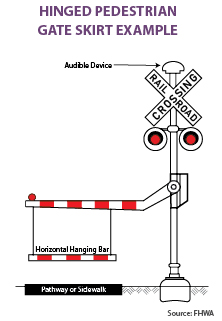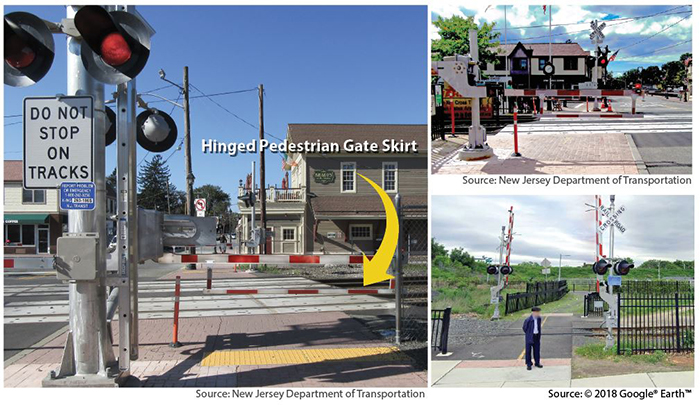Describe the state of roadway safety before the practice was implemented. What was the safety issue, problem, or gap?
Indiana and Nebraska needed a funding tool to help communities reduce rail crossing crashes and fatalities and to realize projects that had been unable to move forward.
What key challenges needed to be addressed before the practice could be implemented?
The key challenge was developing the respective communities’ funding tools.
Describe the practice.
As part of Indiana’s long-term transportation funding legislation, passed in 2017, lawmakers approved the Local TRAX rail overpass program to help communities reduce rail crossing crashes and fatalities. To fund the program, the Indiana Finance Authority will issue and distribute bonds.
Nebraska’s Grade Separation fund charges a $0.075 excise tax for each train mile operated by a railroad that transports freight in the State, and a $100 tax for each public grade crossing on the railroad’s line in the State. Every year, each railroad submits to the Department of Revenue a report of total train miles operated in the State during the previous year and the number of public grade crossings on its line. A total of 10 railroad entities that haul freight are taxed under this program. On average, the program generates approximately $3 million of revenue per year.
What technical and/or institutional changes resulted from the practice?
The Local TRAX program requires local governments to provide 20 percent of funding for land acquisition and construction, with the remaining 80 percent provided by the State. This funding match can be reached through any local partnership, including funding from the host railroad. Indiana Department of Transportation (INDOT) will also pay 100 percent of design and inspection fees for projects awarded under this program.
Nebraska Department of Transportation (NDOT) Grade Separation Committee oversees and manages grade separation funds, which must be used for construction, rehabilitation, relocation, or modification of railroad grade separation facilities. New grade separation projects require closing a minimum of two public at-grade crossings: one at or near the location of the structure, and one or more at locations selected and approved by NDOT and the applicable local government. From 2000 to 2019, grade separation funds have helped construct 15 viaducts and approximately 30 grade crossings closures.
What benefits were realized as a result of the practice?
In 2018, INDOT awarded more than $121 million in State-matched funds to 12 communities to pursue high-priority railroad grade separations, crossing closures, and other safety enhancements at railroad crossings.
NDOT believes the train mile tax works well in Nebraska because it helps increase the number of grade separation construction projects, which in turn increases collaboration with railroads on transportation solutions. NDOT and the railroad companies share a common interest in hazard elimination, safety, and efficiency at crossings, and the train mile tax helps to financially achieve those goals.

